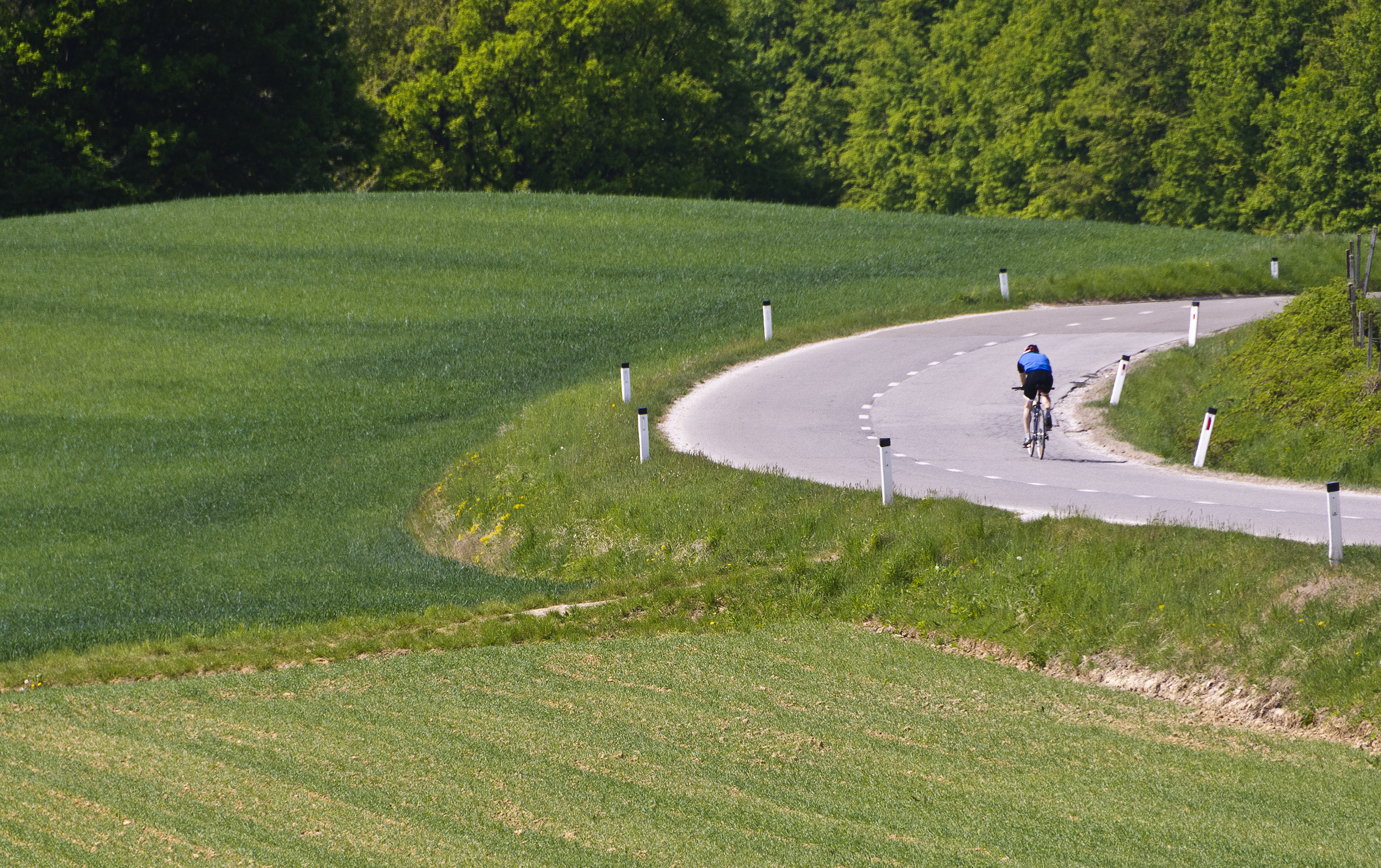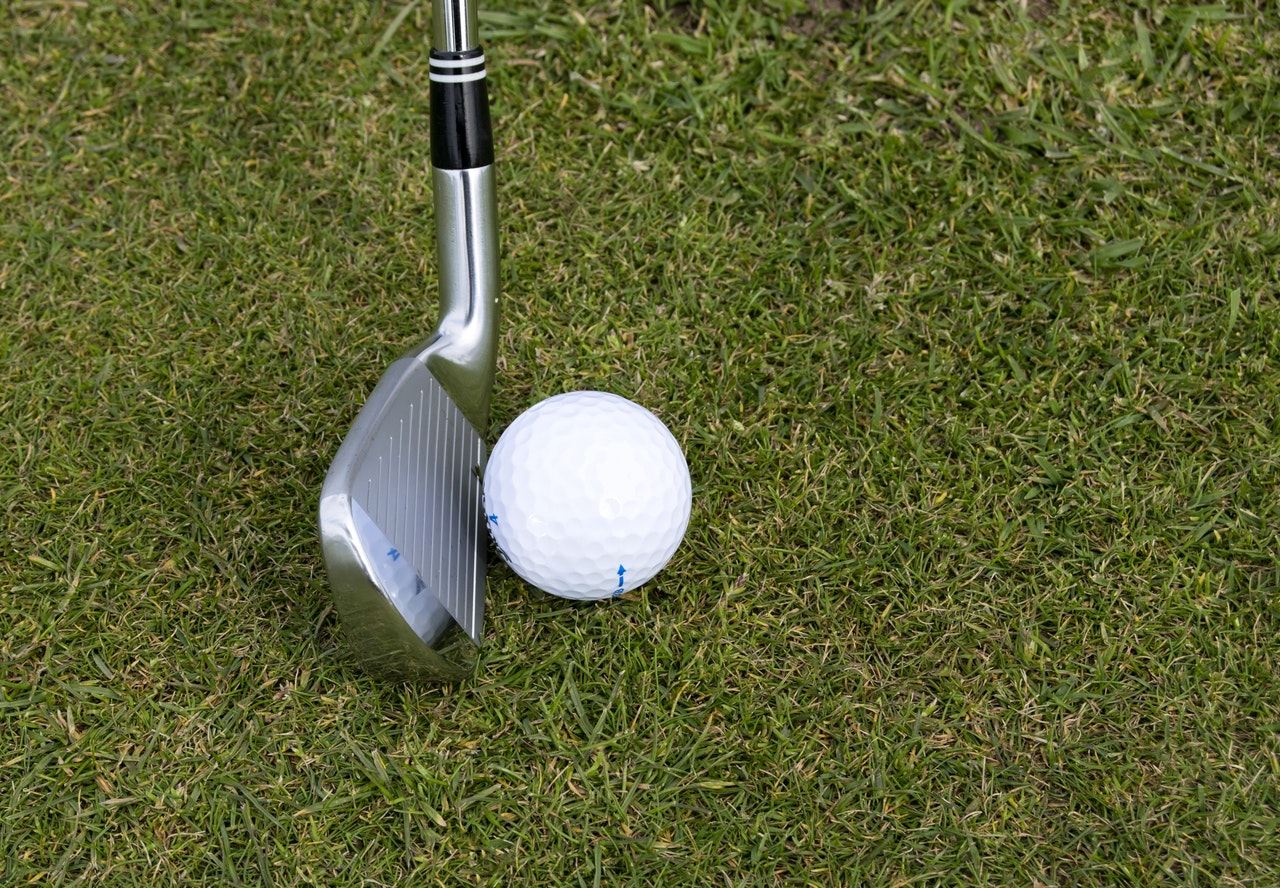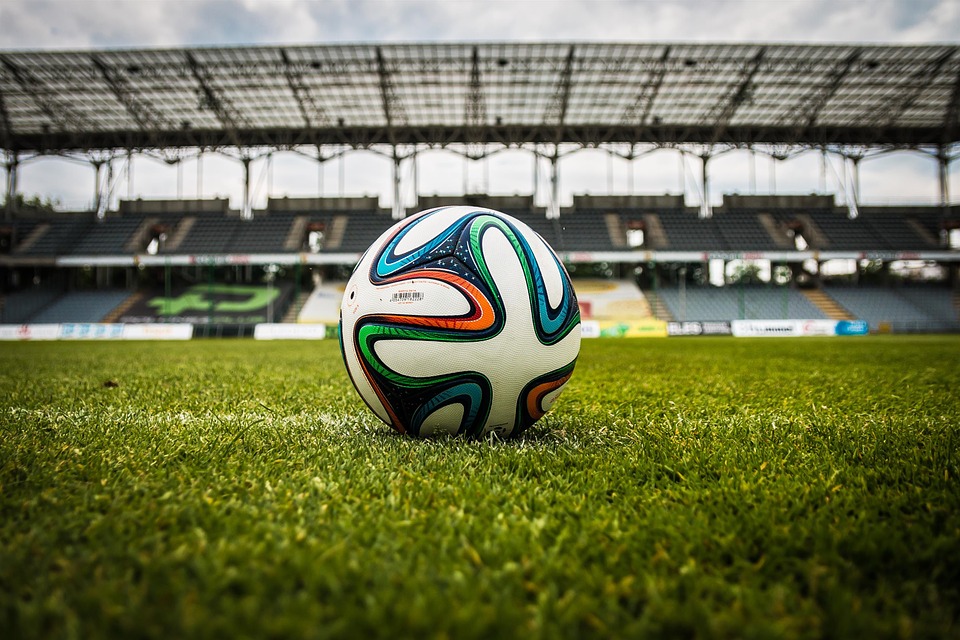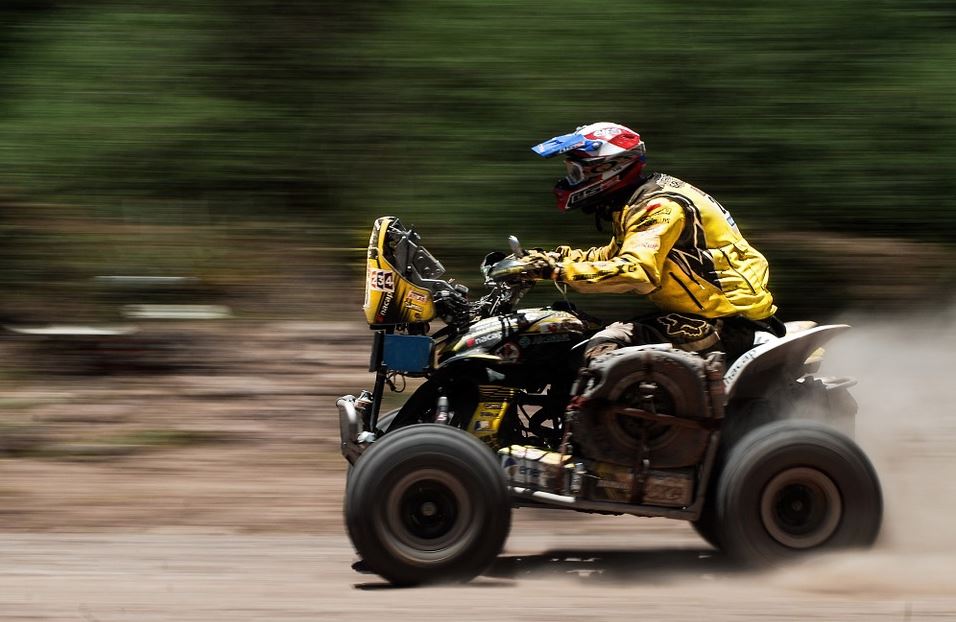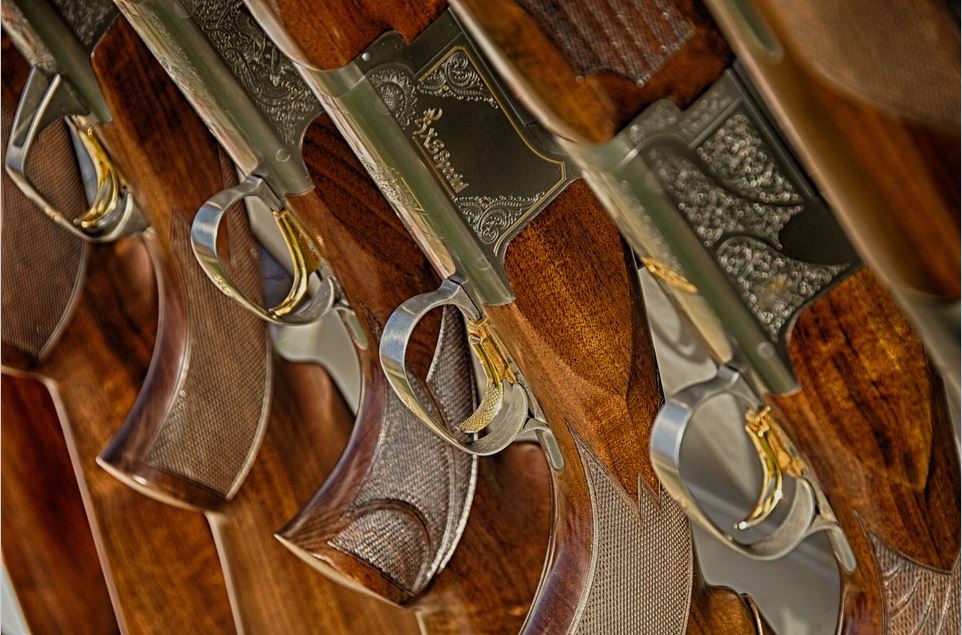If you are thinking of partaking in a charity bike ride then some simple tips will go a long way in helping you to finish the ride in a respectable time and also help you make it as easy as possible on yourself.
Set Up & Weight
One of the simplest and most important steps before you even consider cycling any distance is to have your bike professionally set up to your body size. By taking your bike to a cycle shop they will be able to set the saddle height, handlebars and stem to make sure your ride is as comfortable as possible. This is extremely important when on a longer bike ride.
When on your bike ride, try to carry as little as possible. We have all seen the pictures of people carrying what looks like their life’s possessions on their bikes. Fortunately for you, you don’t have to, so any unnecessary weight should be lost and you should stick to only the bare minimum. This will keep weight down which will become apparent when on any sort of incline or hill. Seat packs and alike are handy for a spare inner tube and some tire leavers however try and go for the smallest and lightest emergency pack that you can to keep weight down.
Safety & Equipment
Although keeping weight down is highly recommended it should go without saying that you shouldn’t be saving weight by removing safety equipment. You need to be safe and protected when out on a bike. Even a novice rider can achieve speeds of up to 25mph on a down hill section, so make sure you have some adequate protection to cover the important bits. A helmet is the obvious bit of kit that comes to mind when riding a bike and it is something that could easily save your life in the event of an accident.
Modern helmets are lightweight and reasonably stylish. Making sure it is the right size and comfortable is a complete must as you will be wearing it all of the time you are in the saddle and it also makes it more effective when the perfect sized helmet is in use rather than one that is either too large or too small.
Cycling shorts are a great addition to your attire. Although they wont necessarily make you enjoy your ride more, they definitely help from any kind of rubbing and will prevent soreness and chaffing due to extra padding in areas that need it as well as seamless designs.
Sunglasses are another absolute must when it comes to bike riding. If you can, choose a Polaroid pair, which will effectively reduce glare. As well as this, sunglasses will prevent road debris, dust and bugs from finding their way into your eyes. If you are willing to splash a little more cash in this area then you can even get glasses with interchangeable lenses which will noticeably sharpen your vision in low light conditions.
Many regular cyclists swear by SPD’s (pedals which special cycling shoes clip on to). Don’t be fooled in to thinking these are easy to get used to, they are not. Although they are a great aid, they will take quite a few journeys before you get completely comfortable with them, and if you don’t get your feet out of the clips fast enough when you stop, it can make fore a very embarrassing and injury inducing fall.
People who are reading this article because of upcoming charity challenges or one off rides; these are something to generally steer clear of. Normal pedals will suffice for one off rides.
Hydration & Nutrition
One of the most important things to remember is to keep hydrated. It is such an easy thing to forget in day-to-day activities and cycling is no different. A bottle carrier mounting point is standard issue on most bikes now and are a great place to store a water bottle for easy access on the move, it is amazing how much your fluid intake requirements shoot up during physical exercise, so top up whenever you can and drink small amounts regularly.
Sports energy drinks can also help you through your long rides too. Avoid running low on energy known as the ‘Bonk’ or ‘Bonking’ in cycling circles by again eating small and regularly while on the go. Energy bars are great for eating while in the saddle, so take a few along for quick bursts of energy.
Lastly, don’t forget to take breaks when you need them. There is no shame in pulling over if you need a breather. Just make sure you get back on that saddle and keep riding when you have recouped some energy!
Featured images:
License: Royalty Free or iStock
source: http://www.sxc.hu/photo/1347817
Author – Adam has been writing articles for a number of years throughout many different industry sectors with great levels of success
